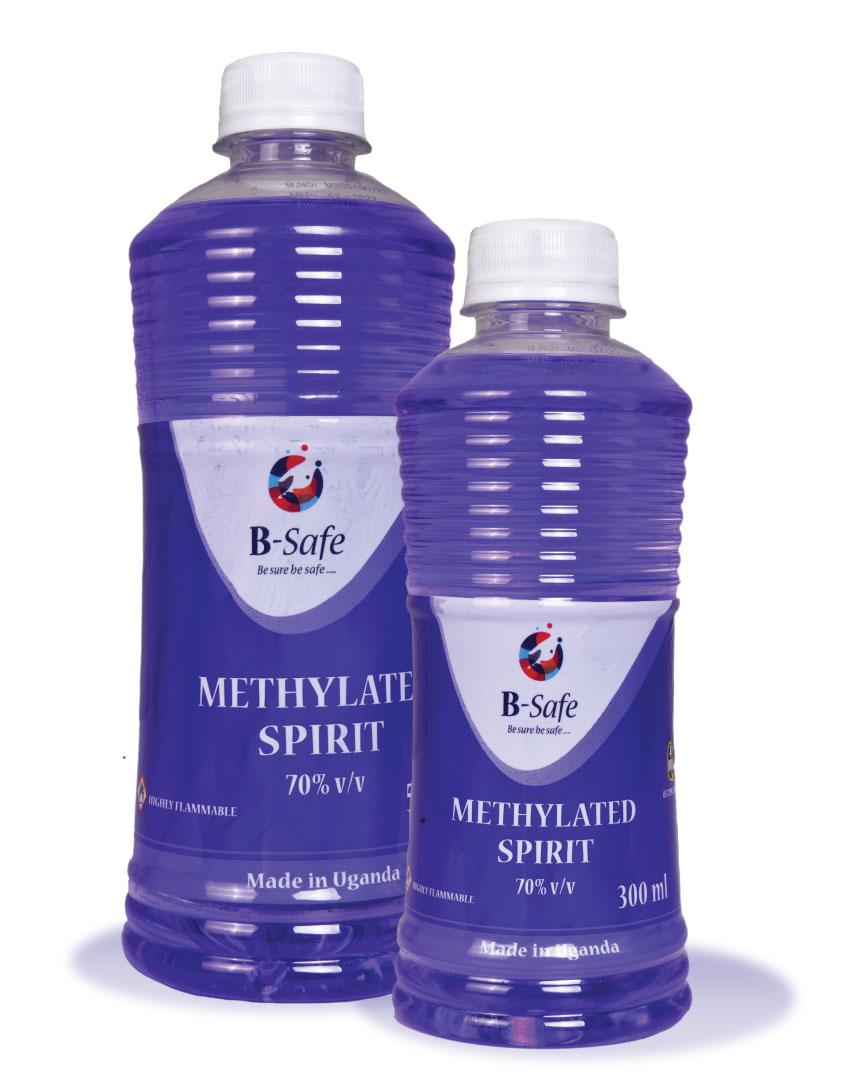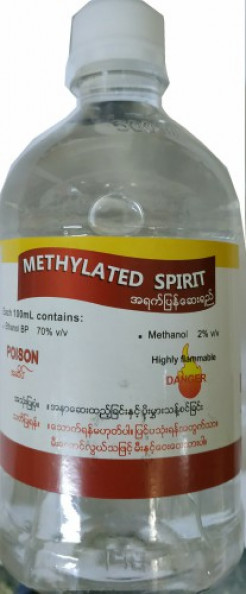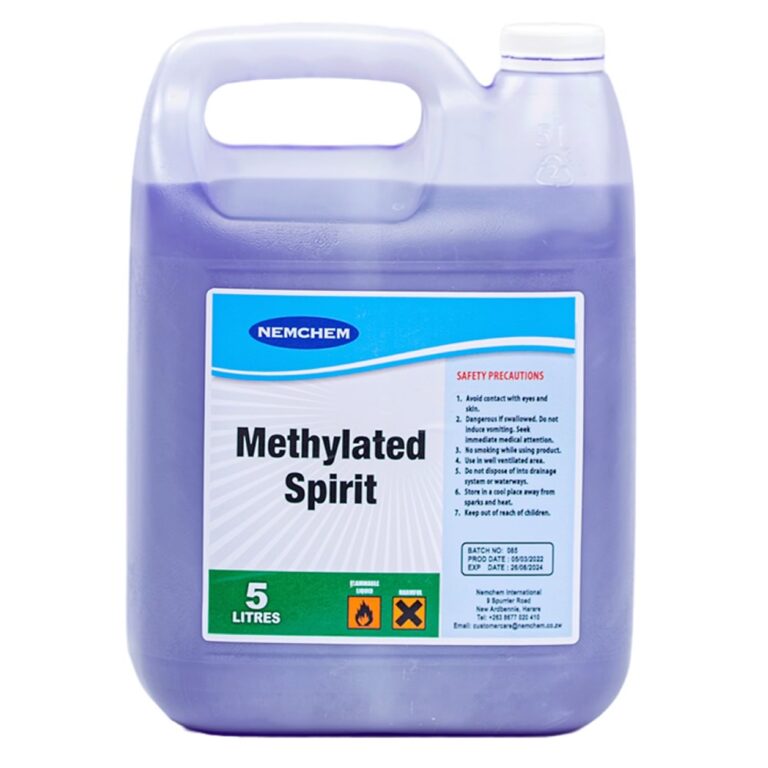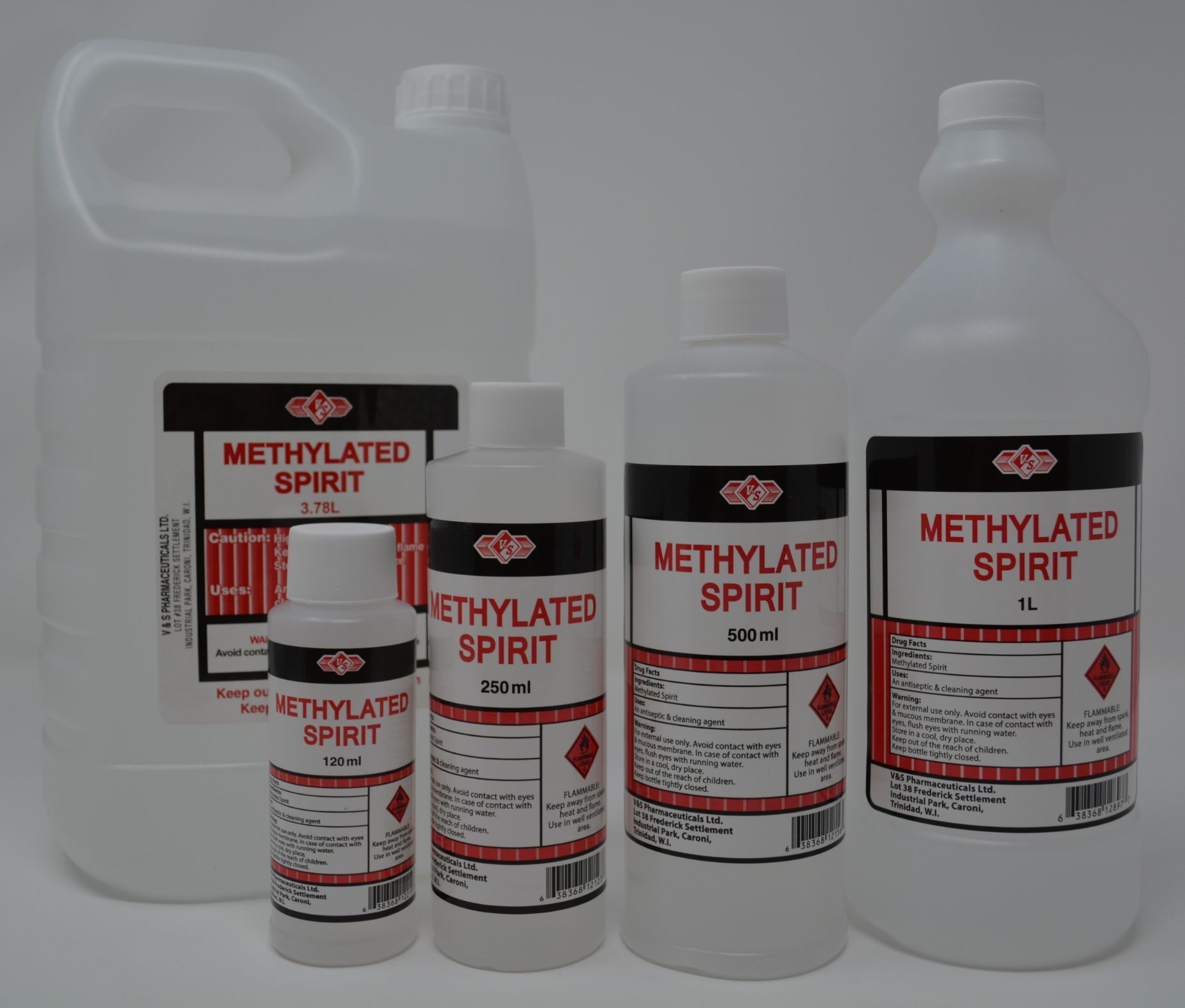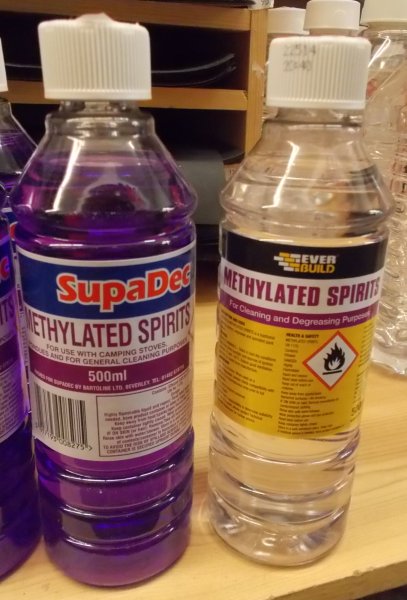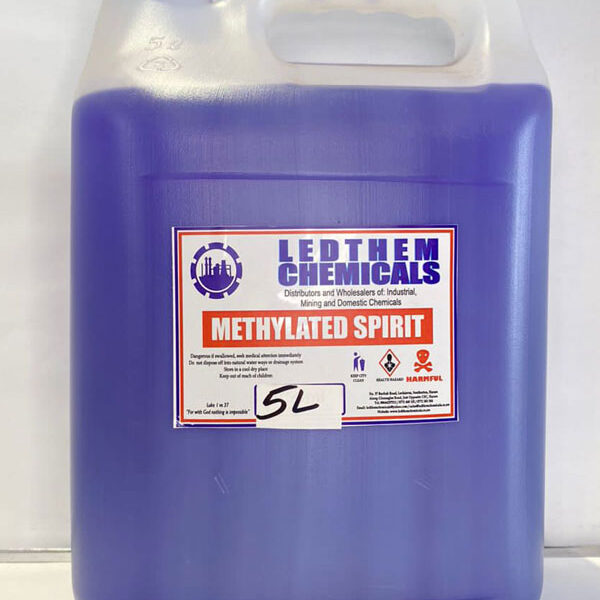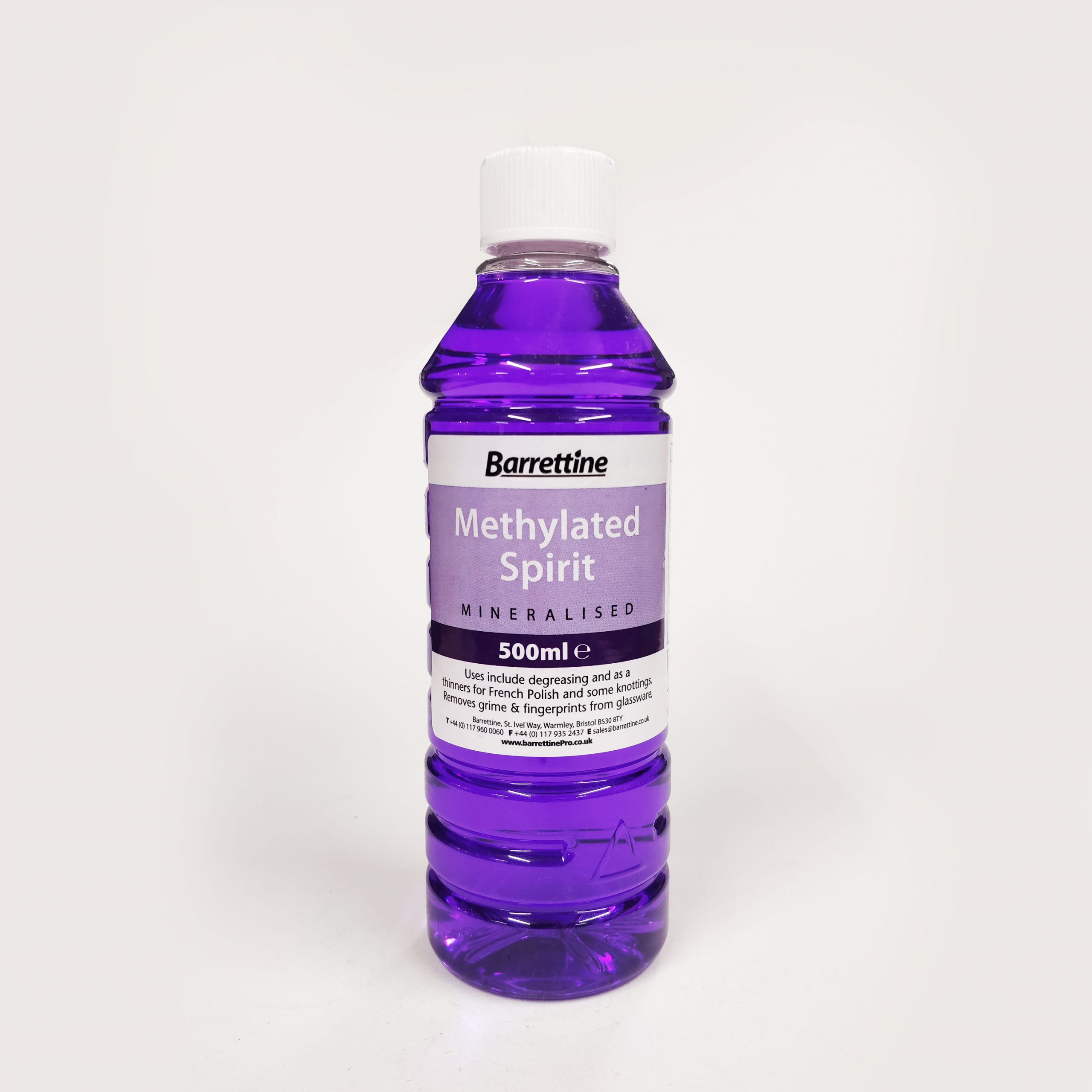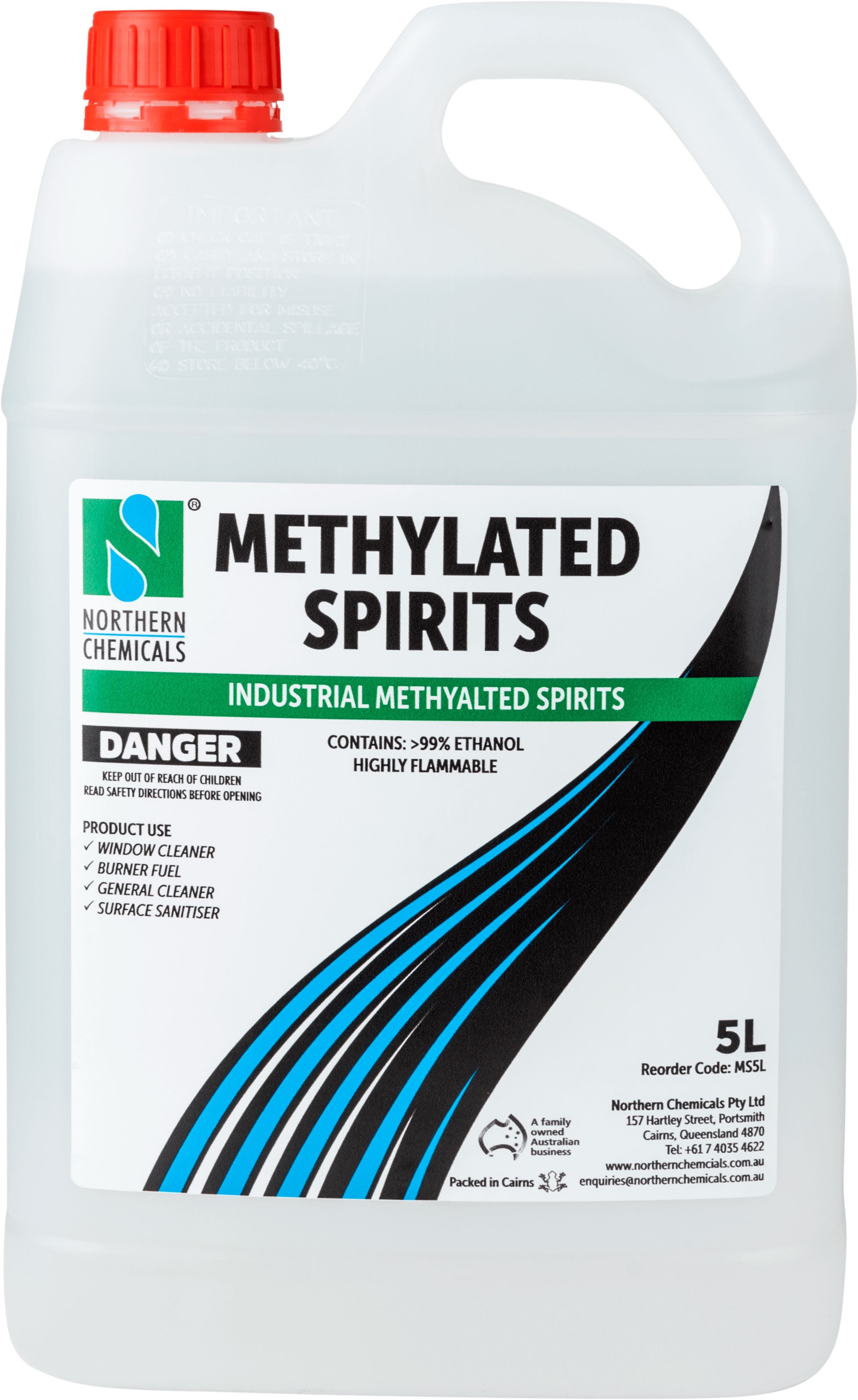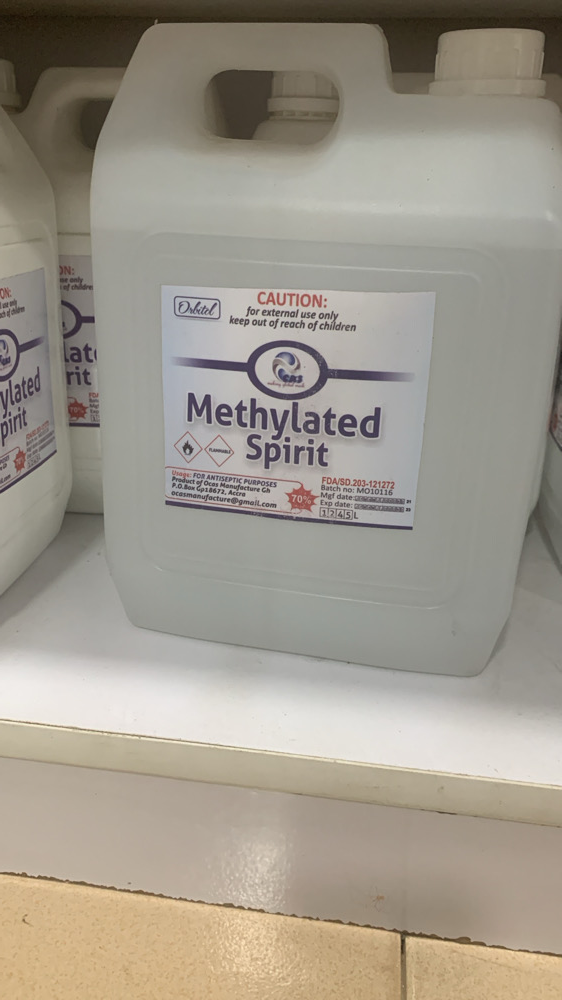Methylated Spirit Mixed With Glycerin
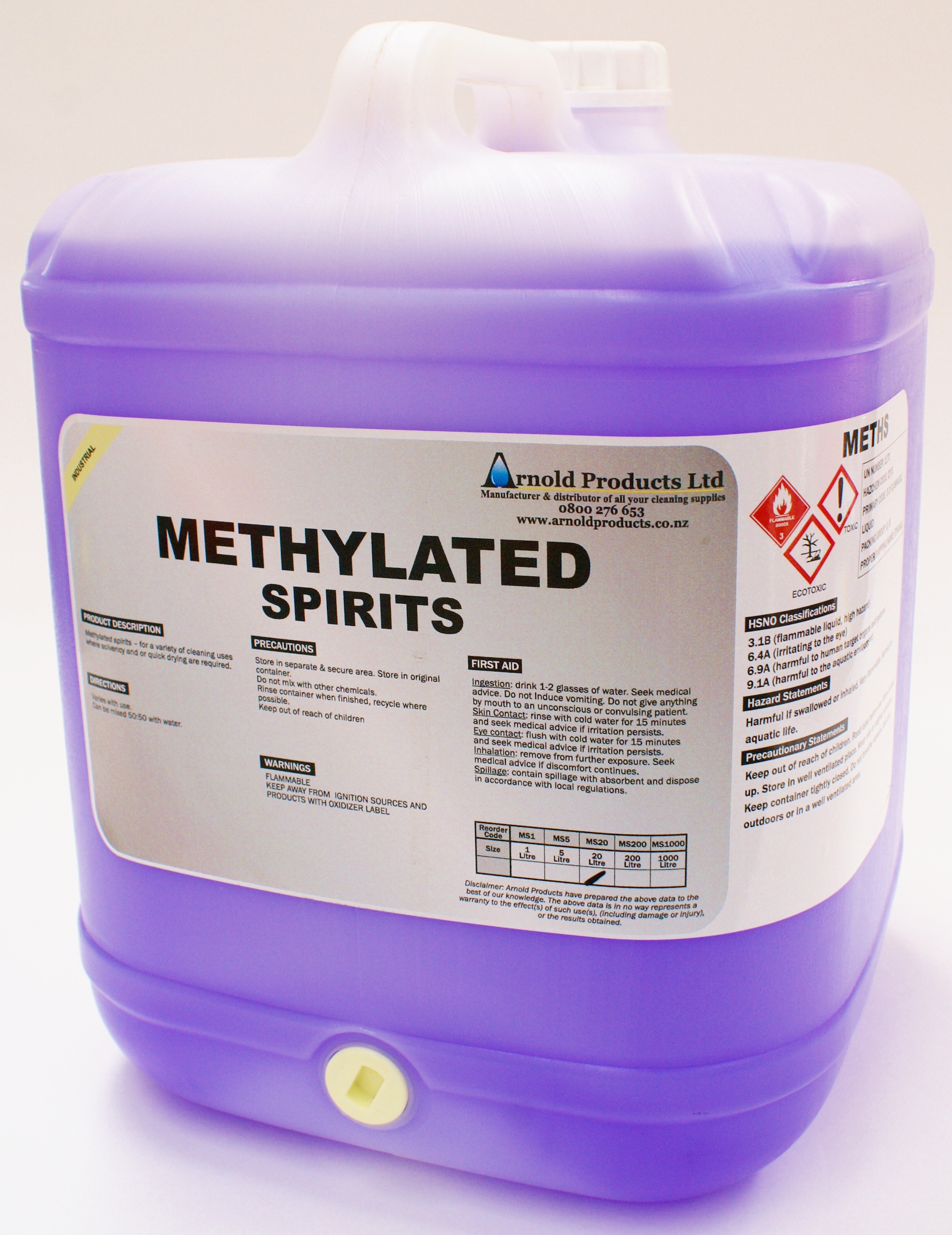
The scent of antiseptic hangs in the air, a familiar aroma in pharmacies and hospitals. But lately, a different fragrance, subtly sweeter, has been mingling with it – the faint sugary note of glycerin. This unassuming combination is more than just a mixing of chemicals; it represents a story of resourcefulness, adaptation, and a gentle quest for comfort.
At the heart of this story is the blend of methylated spirit and glycerin, a simple concoction finding increased use in various applications, from hand sanitizers to traditional remedies. This article explores the background of this mixture, its significance in different contexts, and the reasons behind its rising popularity.
The Rise of a Practical Blend
Methylated spirit, also known as denatured alcohol, is ethanol made unfit for human consumption by adding denaturants. This makes it widely available and relatively inexpensive, a quality that has always been appreciated during times of shortage or high demand for pure alcohol.
Glycerin, on the other hand, is a viscous, colorless, and odorless liquid with a sweet taste. It's a humectant, meaning it attracts moisture, making it a popular ingredient in skincare products and pharmaceuticals.
The combination is not new. Pharmacies have traditionally compounded similar formulations, but recent global events have shone a new spotlight on its practical applications, particularly as a base for hand sanitizers when other ingredients were scarce.
A Hand Sanitizer Alternative
During periods of high demand for hand sanitizers, the mixture of methylated spirit and glycerin emerged as a viable alternative. The methylated spirit provides the antiseptic properties, while the glycerin helps to counteract the drying effects of the alcohol on the skin.
It's important to acknowledge that using this blend requires careful consideration. The World Health Organization (WHO) provides guidelines on formulating hand sanitizers, and these guidelines should always be consulted. Using the correct concentrations of each ingredient is paramount to ensure both efficacy and safety.
The key is to ensure that the final product has sufficient alcohol content to kill germs, but also includes enough glycerin to prevent excessive dryness and cracking of the skin, which can lead to irritation and potential infection.
Beyond Sanitization: Traditional Uses
The utility of this blend extends beyond hand sanitization. In some cultures, methylated spirit has long been used topically as a liniment for muscular aches and pains, though it's crucial to emphasize that this use carries risks and requires extreme caution. Glycerin is often added to soothe the skin.
Using this mixture for anything beyond professionally prescribed medication can be unsafe, so, it's important to seek medical advice from a healthcare professional.
It’s important to note that while this mixture has traditional uses, there are inherent risks associated with methylated spirit. Ingestion is dangerous, and even topical application can cause skin irritation in some individuals.
A Reflection on Resourcefulness
The story of methylated spirit and glycerin is ultimately one of resourcefulness. It speaks to the human capacity to adapt and find solutions, even in challenging circumstances.
This blend reminds us that simple ingredients, when combined thoughtfully, can offer practical solutions and a measure of comfort. It also highlights the importance of understanding the properties of these substances and using them responsibly.
As we move forward, let this blend be a reminder that innovation can often be found in simplicity, and that a thoughtful approach to available resources can lead to unexpected and valuable outcomes.
